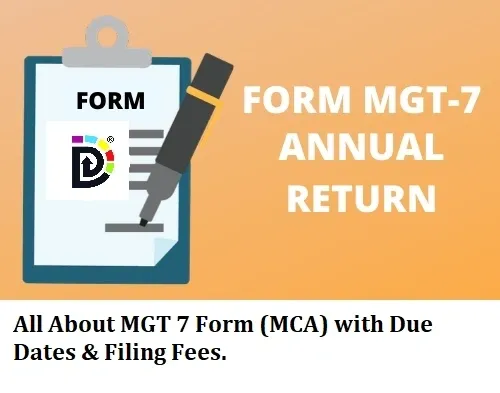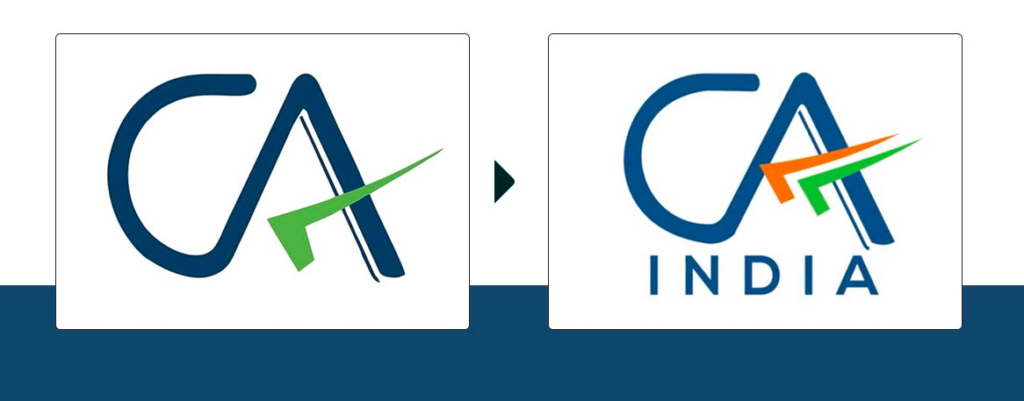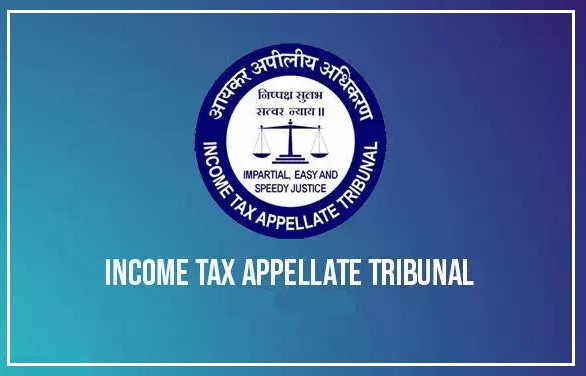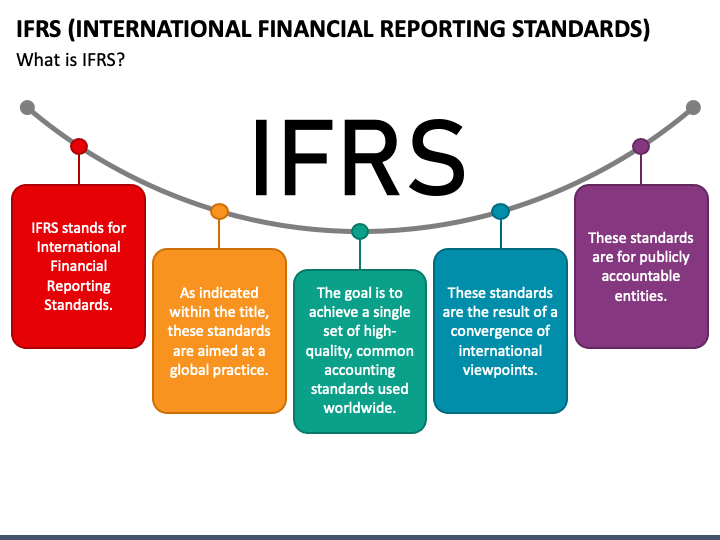Complete Guide to Online Trademark Registration | 2024

Registering a trademark is a crucial step for protecting your brand’s identity. It secures your legal rights over your brand name, logo, or slogan and ensures that no other entity can use them without your permission. In this guide, we’ll walk you through the process of registering a trademark online, followed by a detailed overview of all trademark classes.
Step-by-Step Guide to Online Trademark Registration
Contents
Step 1: Trademark Search
Before you apply for a trademark, perform a comprehensive search to ensure that the trademark you intend to register is not already in use or registered. This can be done using the online search database of the National Trademark Office.
Step 2: Filing the Application
Once you confirm that your desired trademark is available, you can file your application online through the official website of the Intellectual Property Office of your country. You will need to provide detailed information about the trademark, the owner, and the specific goods or services it will represent.
Step 3: Application Review
After submitting your application, it will be reviewed by the trademark office. This includes a formal examination, an examination of distinctiveness, and a search for conflicting trademarks.
Step 4: Publication
If your application passes the initial reviews, it will be published in an official trademark journal. This publication allows the public to oppose the registration if they believe it infringes on their rights.
Step 5: Opposition Period
There is a period during which third parties can oppose the registration of your trademark. If an opposition is filed, you will have the chance to respond and argue your case.
Step 6: Registration
If no oppositions are raised or if you successfully overcome opposition, your trademark will be registered, and you will receive a certificate of registration. This typically grants you the trademark rights for 10 years, with the possibility of renewal.
Maintenance and Renewal
To maintain your trademark, you must actively use it and renew it before the expiration date. Failure to renew a trademark can result in its cancellation.
List and Explanation of All Trademark Classes
Trademarks are categorized into 45 classes under the Nice Classification, which is a global classification system for trademark registration accepted worldwide. Each class specifies a distinct category of goods or services.
Goods or Services: Classes 1-34
| Class Number | Type of Goods or Services |
|---|---|
| 1 | Chemicals used in industry, science, and agriculture, including those going into the manufacture of products |
| 2 | Industrial oils and greases; lubricants; dust absorbing, wetting, and binding compositions; fuels and illuminants; candles and wicks for lighting |
| 3 | Cleaning preparations; soaps; perfumery, essential oils, cosmetics, hair lotions; dentifrices |
| 4 | Scientific, nautical, surveying, photographic, cinematographic, optical, weighing, measuring, signaling, checking (supervision), life-saving and teaching apparatus and instruments; apparatus and instruments for conducting, switching, transforming, accumulating, regulating or controlling electricity; apparatus for recording, transmission or reproduction of sound or images; magnetic data carriers, recording discs; automatic vending machines and mechanisms for coin-operated apparatus; cash registers, calculating machines, data processing equipment and computers; fire-extinguishing apparatus |
| 5 | Pharmaceutical, veterinary, and sanitary preparations; dietetic substances adapted for medical use, food for babies; plasters, materials for dressings; material for stopping teeth, dental wax; disinfectants; preparations for destroying vermin; fungicides, herbicides |
| 6 | Common metals and their alloys; metal building materials; transportable buildings of metal; materials of metal for railway tracks; non-electric cables and wires of common metal; ironmongery, small items of metal hardware; pipes and tubes of metal; safes; goods of common metal not included in other classes; ores |
| 7 | Machines and machine tools; motors and engines (except for land vehicles); machine coupling and transmission components (except for land vehicles); agricultural implements other than hand-operated; incubators for eggs |
| 8 | Hand tools and implements (hand-operated); cutlery; side arms; razors |
| 9 | Precious metals and their alloys and goods in precious metals or coated therewith, not included in other classes; jewelry, precious stones; horological and chronometric instruments |
| 10 | Surgical, medical, dental, and veterinary apparatus and instruments, artificial limbs, eyes, and teeth; orthopedic articles; suture materials |
| 11 | Apparatus for lighting, heating, steam generating, cooking, refrigerating, drying, ventilating, water supply, and sanitary purposes |
| 12 | Vehicles; apparatus for locomotion by land, air, or water |
| 13 | Firearms; ammunition and projectiles; explosives; fireworks |
| 14 | Paper, cardboard, and goods made from these materials, not included in other classes; printed matter; bookbinding material; photographs; stationery; adhesives for stationery or household purposes; artists’ materials; paint brushes; typewriters and office requisites (except furniture); instructional and teaching material (except apparatus); plastic materials for packaging (not included in other classes); printers’ type; printing blocks |
| 15 | Musical instruments |
| 16 | Ropes, string, nets, tents, awnings, tarpaulins, sails, sacks, and bags; padding and stuffing materials (except of rubber or plastics); raw fibrous textile materials |
| 17 | Rubber, gutta-percha, gum, asbestos, mica, and goods made from these materials and not included in other classes; plastics in extruded form for use in manufacture; packing, stopping, and insulating materials; flexible pipes, not of metal |
| 18 | Building materials (non-metallic); non-metallic rigid pipes for building; asphalt, pitch, and bitumen; non-metallic transportable buildings; monuments, not of metal |
| 19 | Leather and imitations of leather, and goods made of these materials and not included in other classes; animal skins, hides; trunks and traveling bags; umbrellas, parasols, and walking sticks; whips, harnesses, and saddlery |
| 20 | Furniture, mirrors, picture frames; goods (not included in other classes) of wood, cork, reed, cane, wicker, horn, bone, ivory, whalebone, shell, amber, mother-of-pearl, meerschaum and substitutes for all these materials, or of plastics |
| 21 | Meat, fish, poultry, and game; meat extracts; preserved, dried, and cooked fruits and vegetables; jellies, jams, compotes; eggs, milk, and milk products; edible oils and fats |
| 22 | Household or kitchen utensils and containers; combs and sponges; brushes (except paint brushes); brush-making materials; articles for cleaning purposes; steelwool; unworked or semi-worked glass (except glass used in building); glassware, porcelain, and earthenware not included in other classes |
| 23 | Yarns and threads, for textile use |
| 24 | Textiles and textile goods, not included in other classes; bed covers; table covers |
| 25 | Clothing, footwear, headgear |
| 26 | Lace and embroidery, ribbons and braid; buttons, hooks and eyes, pins and needles; artificial flowers |
| 27 | Carpets, rugs, mats and matting, linoleum and other materials for covering existing floors; wall hangings (non-textile) |
| 28 | Games and playthings; gymnastic and sporting articles not included in other classes; decorations for Christmas trees |
| 29 | Meat, fish, poultry, and game; meat extracts; preserved, dried and cooked fruits and vegetables; jellies, jams, compotes; eggs, milk, and milk products; edible oils and fats |
| 30 | Coffee, tea, cocoa, sugar, rice, tapioca, sago, artificial coffee; flour and preparations made from cereals; bread, pastry, and confectionery; ices; honey, treacle; yeast, baking powder; salt, mustard; vinegar, sauces (condiments); spices; ice |
| 31 | Agricultural, horticultural and forestry products and grains not included in other classes; live animals; fresh fruits and vegetables; seeds, natural plants and flowers; foodstuffs for animals; malt |
| 32 | Beers; mineral and aerated waters and other non-alcoholic drinks; fruit drinks and fruit juices; syrups and other preparations for making beverages |
| 33 | Alcoholic beverages (except beers) |
| 34 | Tobacco; smokers’ articles; matches |
Services: Classes 35-45
| Class Number | Type of Goods or Services |
|---|---|
| 35 | Building construction; repair; and installation services |
| 36 | Insurance; financial affairs; monetary affairs; real estate affairs |
| 37 | Building construction; repair; installation services |
| 38 | Telecommunications |
| 39 | Transport; packaging and storage of goods; travel arrangement |
| 40 | Treatment of materials |
| 41 | Education; providing of training; entertainment; sporting and cultural activities |
| 42 | Scientific and technological services and research and design relating thereto; industrial analysis and research services; design and development of computer hardware and software |
| 43 | Services for providing food and drink; temporary accommodation |
| 44 | Medical services; veterinary services; hygienic and beauty care for human beings or animals; agriculture, horticulture and forestry services |
| 45 | Legal services; security services for the physical protection of tangible property and individuals; personal and social services rendered by others to meet the needs of individuals |
Conclusion
Trademark registration is an essential tool for protecting your intellectual property and supporting the identity and authenticity of your brand. By understanding the process of online registration and the specific classifications your trademark falls under, you can better navigate the complexities of intellectual property protection. With this comprehensive guide, you should feel prepared to undertake the process of registering your trademark and maintaining your brand’s integrity.






